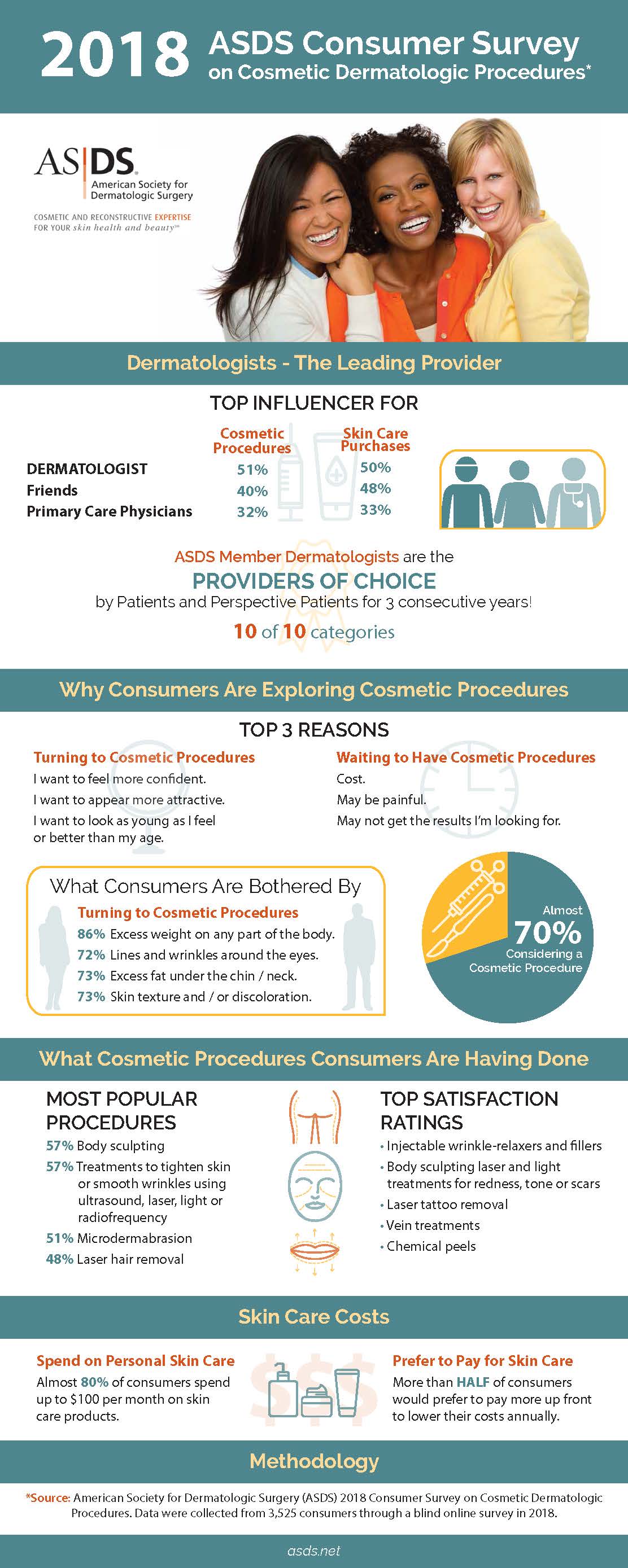Light Therapy For Teenage Acne
Light Therapy For Teenage Acne
Blog Article
How to Apply Acne Place Treatments
Acne area treatments can be a reliable device in the battle versus pimples. But like all skin items, they need to be applied properly to obtain the very best results.
As an example, prior to using a place therapy, you need to consider icing the area. This cooling method helps speed up the healing process and will make your area treatment much more efficient.
1. Cleanse the Area
Before applying an area treatment, be sure to completely cleanse the area. Applying a treatment to dirty skin will be less effective and can cause irritation.
Acne spot treatments work by delivering a high dosage of acne-fighting ingredients straight to an outbreak, clarifies skin doctor Michelle Henry. These items can can be found in several kinds, from lotions to gels or lotions, and they're commonly made to target energetic outbreaks to lower swelling, inflammation and accelerate the recovery procedure.
Some sorts of place therapies have anti-inflammatory active ingredients, while others are drying out, like retinoids or sulfur, which assist to unclog pores and get rid of excess oil. There are also formulas that aid discolor post-acne marks or dark areas, thanks to brightening ingredients like L-ascorbic acid and niacinamide. Some even have blemish-squashing capacities, like adapalene, which functions to swiftly clear acnes by blocking the pore's opening. You can find these at the counter or by prescription from a dermatologist.
2. Use the Place Therapy
An area treatment delivers a high dose of acne-fighting active ingredients straight to the contaminated area. The goal is to eliminate microorganisms and lower red marks, swelling or any kind of scabbing left behind. For example, our acne spot therapy consists of 2.5% Benzoyl Peroxide, so it doesn't dry skin or cause painful.
If you have a noticeable whitehead that prepares to come out, you can use a non-drying place treatment at bedtime to help promote the procedure without irritating the surrounding skin. Or else, reach for a drying place therapy when the blemish has actually currently burst and is exposed.
A place therapy ought to be used independently from everyday treatments or serums that you place around your face, unless your doctor advises it for long-lasting use. The factor is that area treatments are made to be used directly to blemishes or dark places (depending upon what you're treating) and not over huge areas of mostly clear skin, as this can aggravate the healthy skin and cause a breakout.
3. Wait a Few Minutes
You'll find that a lot of area therapies have directions for for how long to leave them on for maximum performance. Comply with those referrals to prevent irritation or drying the skin-- a typical skin care error that dermatologists say can flare up your acne.
An additional skincare behavior to prevent is applying numerous treatments to a solitary acne or outbreak. That includes both spot therapies and creams that become part of your daily skin treatment routine. Skin doctors suggest waiting a few mins before utilizing other items on top of your acne area treatment to provide it time to work without getting watered down or disturbed.
One exemption to this guideline is sun block, which dermatologists concur should be used first since it needs a long time to work on its very own to permeate your pores, states Goldenberg. Simply make sure to rub out any other skincare items before reapplying your sun block. That will certainly ensure it covers the imperfection correctly and helps fade any kind of red or dark marks that may have been left by your blemish marks.
4. Moisturize
A lot of skin doctors agree that using acne treatment, lotions and lotions in the appropriate order will assist decrease breakouts. This suggests cleanser first, adhered to by any treatments with a thinner uniformity and then a cream for oily skin. This consists of a non-comedogenic lotion or lotion with shea butter, jojoba oil or another natural cream that will lock in dampness without clogging pores.
Acne area therapies are potent, targeted solutions made to deal with a certain blemish. They work to eliminate the bacteria that triggers swelling and prevent a pimple from growing or spreading out. They are not meant to be utilized as a basic medical spa all-over acne treatment and using them to locations beyond the target location can create irritation and a rash.
If your skin really feels also dry after utilizing an area therapy, scale back the application and moisturize regularly. You might also wish to take into consideration switching to a different kind of acne therapy, like our low-dose 2.5% benzoyl peroxide acne therapy. It is clinically shown to clear and protect against acne with much less dryness, inflammation or itching than various other prescription acne drugs.